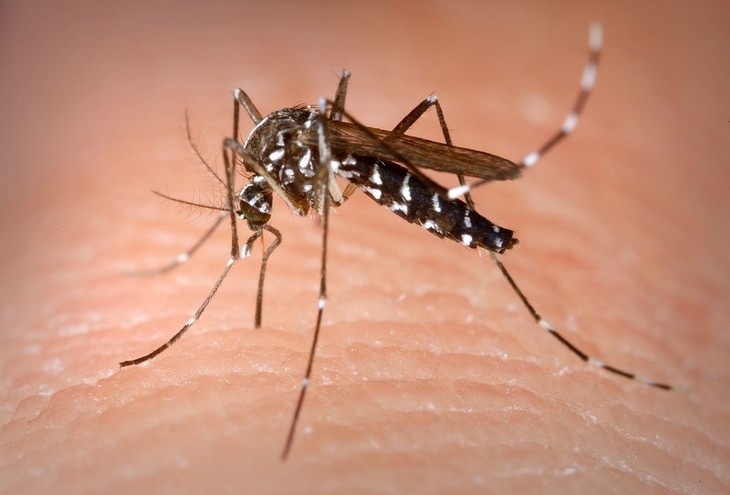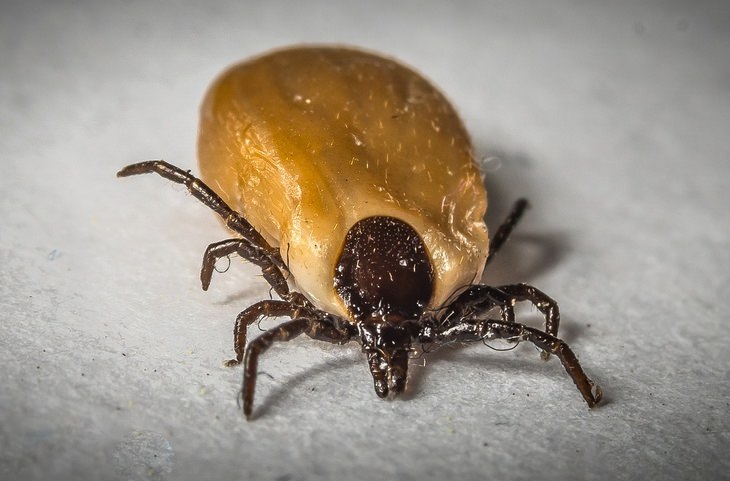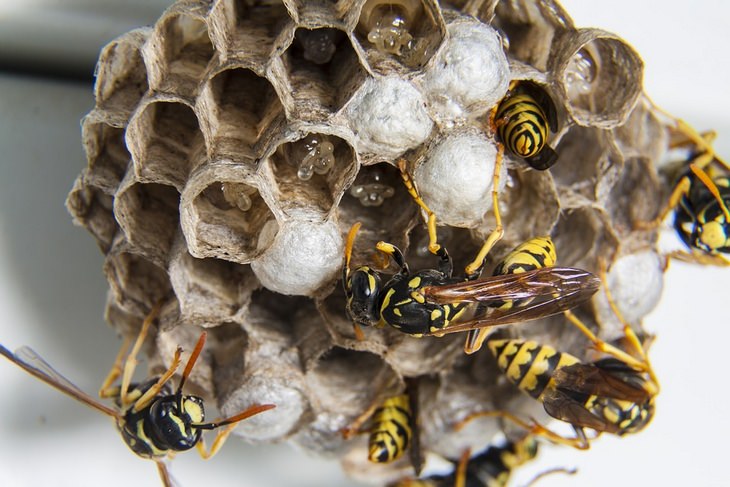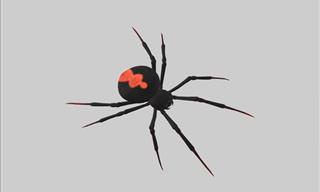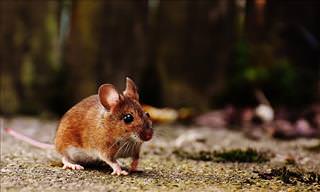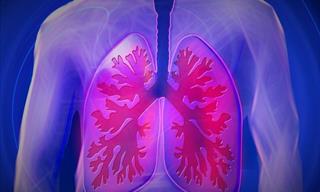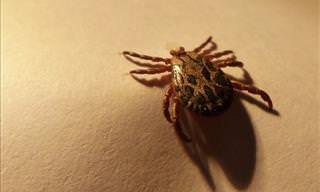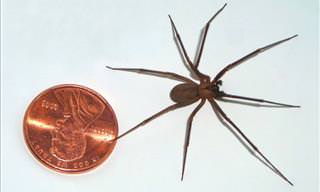Spiders
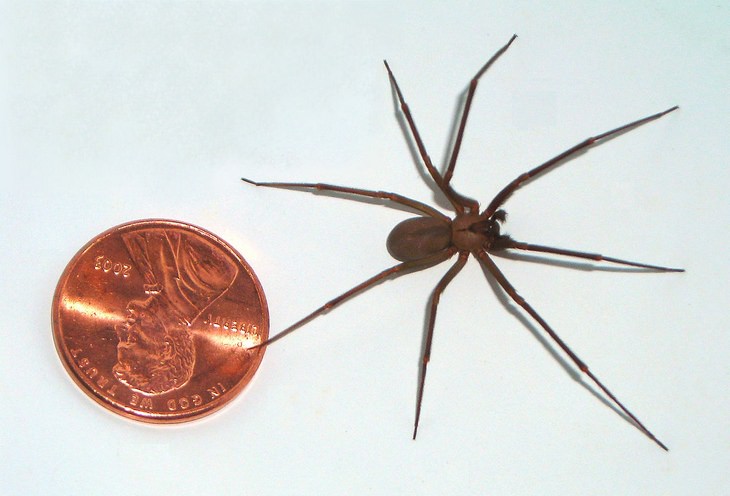 Brown recluse, note the darker markings on the head.
Brown recluse, note the darker markings on the head.Spiders are among the most hated and feared arthropods around, but in most cases the revulsion is unwarranted. Spiders are not parasitic nor especially territorial and do not bite unless provoked. In fact, most people who report getting bitten by a spider don’t actually see the culprit and just assume it was a spider because of the symptoms, which can also appear in cases of bed bug and flea bites, and even herpes and MRSA.
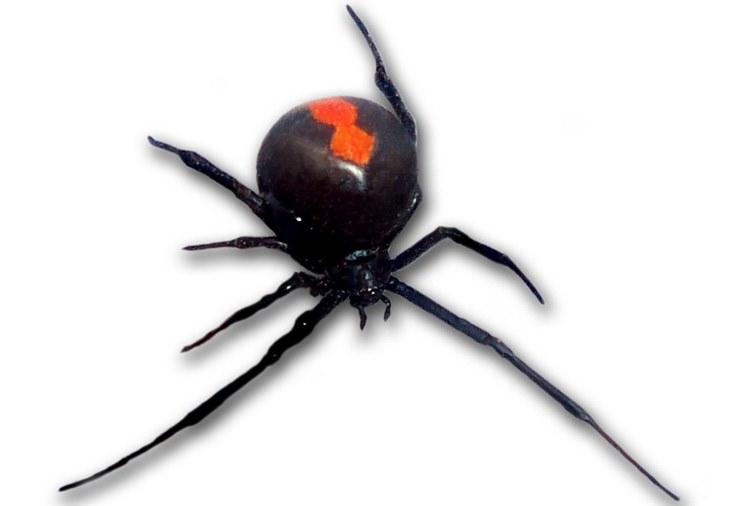 Female black widows are black with red markings on the abdomen.
Female black widows are black with red markings on the abdomen. Source:
Fir0002That being said, spiders *can* bite if agitated or threatened. In those rare cases where you are absolutely certain a spider is to blame (never assume it was unless you saw the spider), the bite can trigger an allergic reaction or get infected.
In most cases, an icepack, some antihistamines, and an antibiotic ointment will do the trick. If you can definitively identify the spider as either a brown recluse (native only to the southern US, east of I-25) or a black widow, seek medical attention.
Again, there is no reason to assume a spider bite unless you see the spider in action, and in some cases, misidentifying a non-bite lesion caused by disease could lead to misdiagnosis and severe damage.
Mosquitoes
If you ask someone what animal kills the most humans every year, some might think about snakes, a particularly clever person may answer “humans”, but the deadliest creature around is actually the mosquito. Though the malicious, sleep-disrupting bloodsuckers aren’t venomous and rarely induce allergic reactions, they can transmit several dangerous diseases, including malaria, dengue fever, Zika and West Nile virus. North of the Tropics, disease transmission is not a serious risk, so if you live in North America or Europe, you should be perfectly safe.
Note: crane flies, sometimes called “daddy long legs” are often misidentified as giant mosquitoes. They are actually completely harmless, beyond their annoying buzz.
Ticks
Though awareness of deer-ticks and Lyme disease is on the rise, not many people are aware of other species of ticks and the unique risks they pose to those bitten, such as tick-induced red meat allergy, Powassan virus, and more. In all of these cases, the best treatment is prevention. Wear longer clothing while hiking through grass, do not lie on exposed grass and check for ticks after spending time outdoors. If you find and remove ticks on time, they won’t have enough time to transmit the disease.
Bees and wasps
While bees are generally timid creatures and are crucial for the pollination of countless flowers, as well as honey production, wasps and hornets aren’t as easy to forgive. All of these buzzers are venomous, but the venom itself isn’t dangerous for most people, except in some extreme cases, such as the Asian giant hornet. Bees, wasps, and hornets pose the greatest danger to allergic people who may go into anaphylactic shock, which may result in asphyxiation or heart attack.
Both bees and wasps get aggressive in close vicinity to their nest. The problem with wasps is that they tend to nest in close vicinity to humans. And while bees are not interested in humans, wasps are curious and may be drawn to us because of a scent they picked up. If a wasp does land on you, remain still and wait until it flies away. If you’ve got a wasp nest problem, call a professional exterminator. Attempting to remove the nest by yourself may result in a cloud of furious wasps.
Kissing bugs
Endemic to the Americas, these innocuously-named parasitic insects are not named for their romantic tendencies, but rather for their feeding M.O.
Kissing bugs (sometimes more aptly nicknamed “vampire bugs”) are bloodsuckers, and as such prefer areas where the skin is easier to break, namely the lips and around the eyes.
Kissing bugs are vectors of the Chagas disease, a parasitic infection which can result in an abnormally enlarged colon, esophagus or heart chambers. If the heart is affected, the disease can result in heart failure, while an enlarged colon or esophagus may cause food or fecal matter to become lodged, requiring surgery to remove it.
 Go to BabaMail
Go to BabaMail




